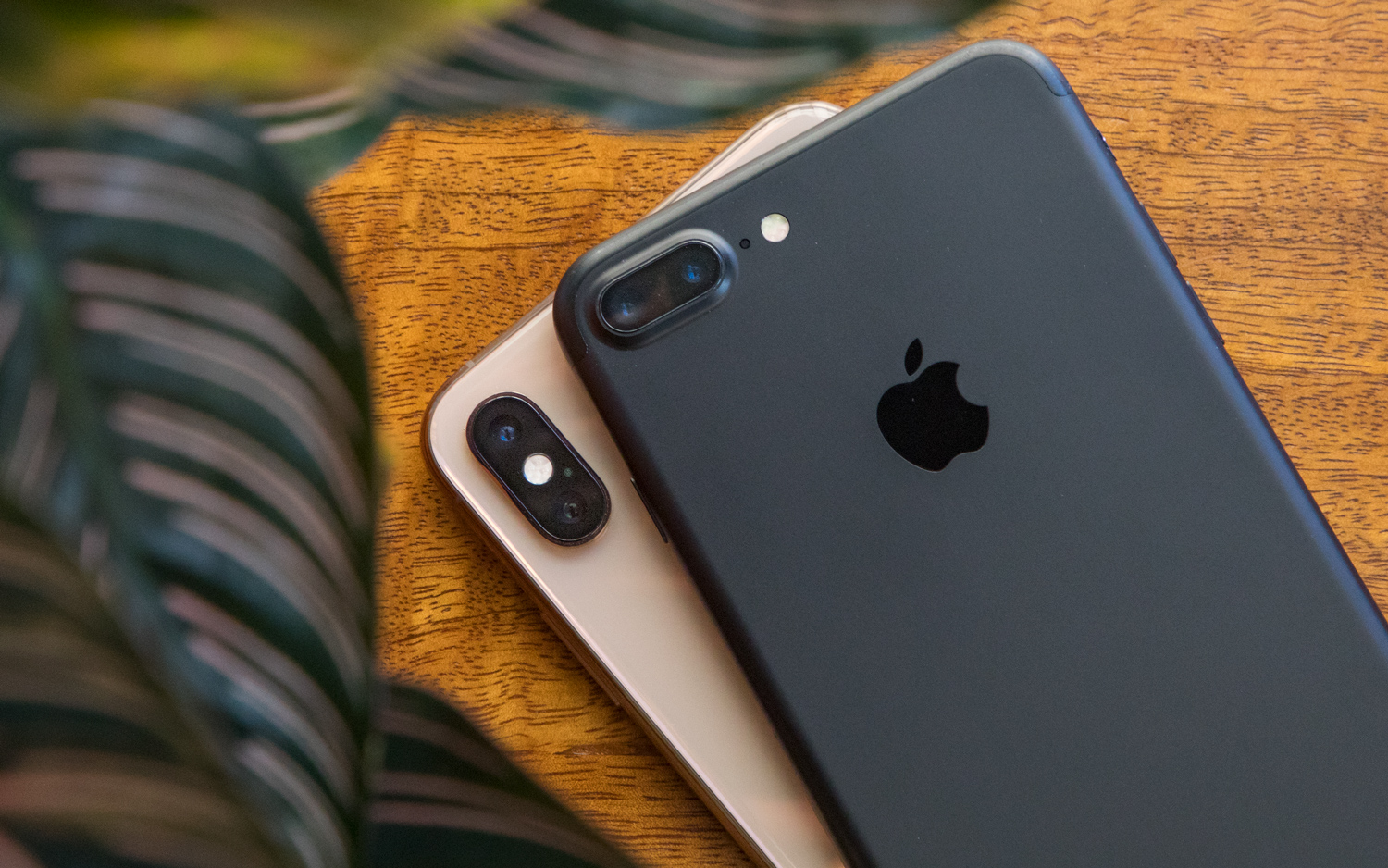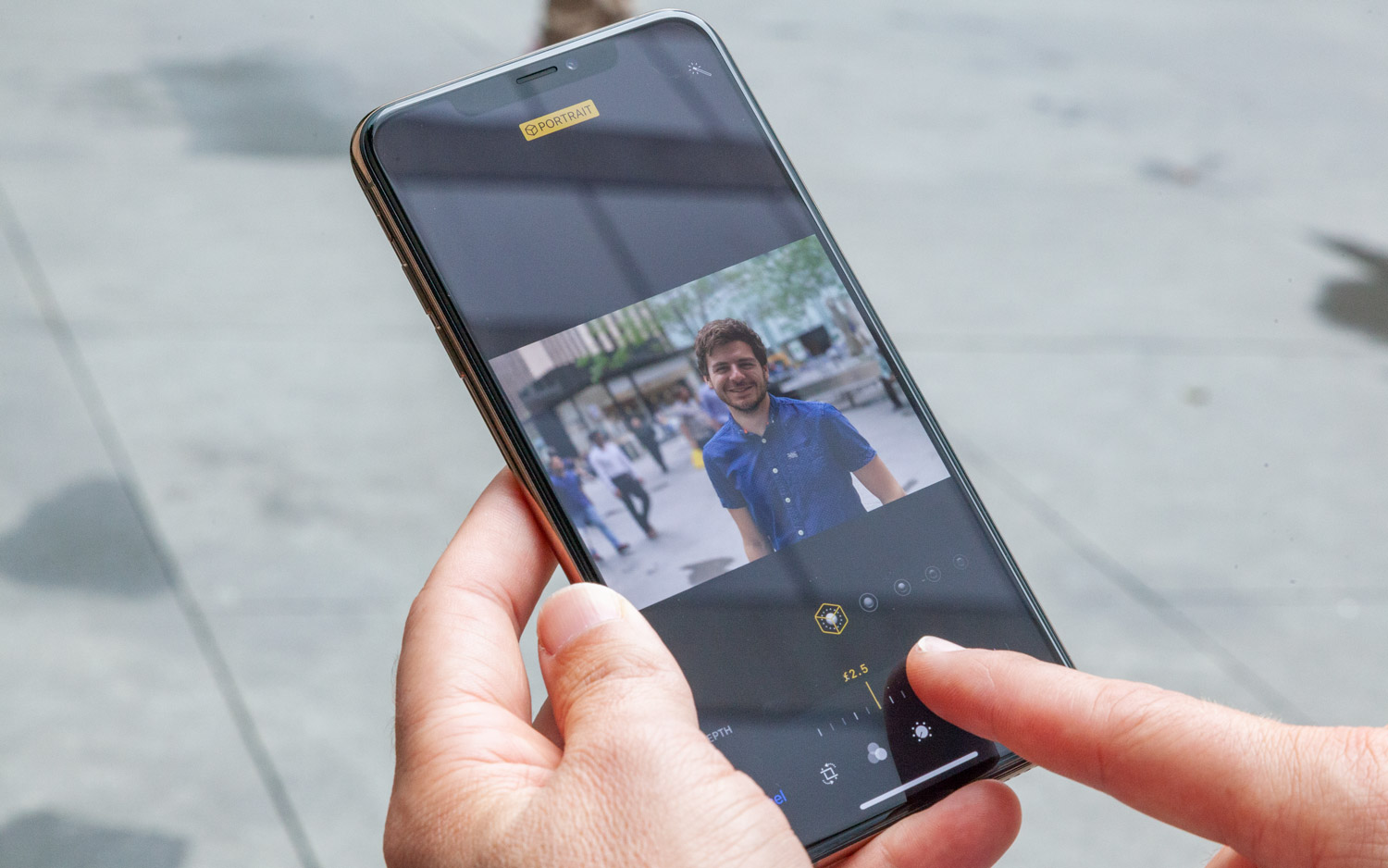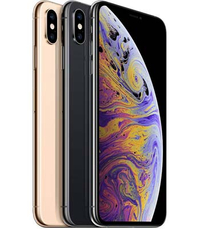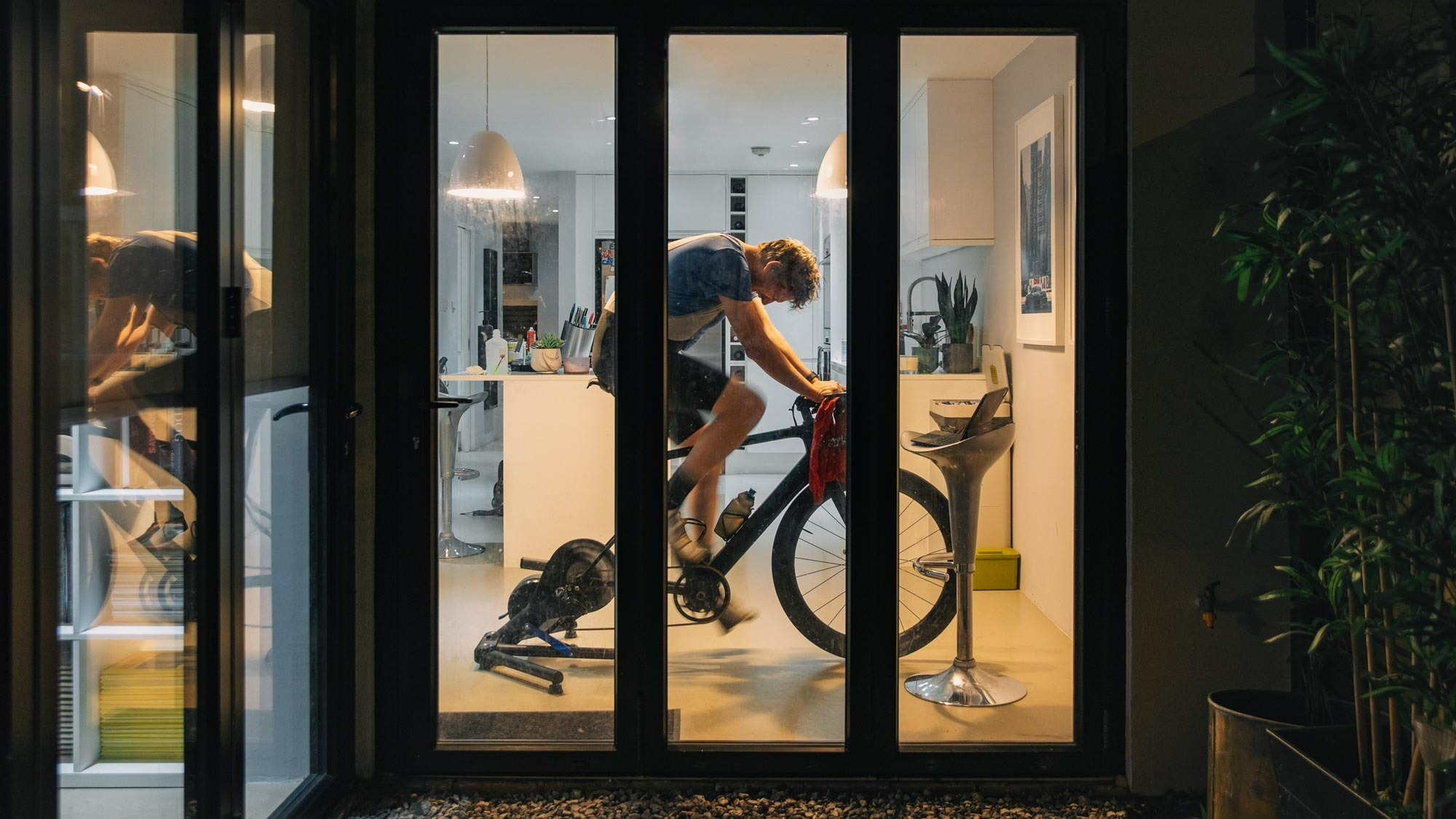iPhone XS Max vs. iPhone 7 Plus Camera Face-Off: How Much Better Is It?
When it debuted in 2016, the iPhone 7 Plus was the gold standard of smartphone photography. But expect a big leap forward if you upgrade to the iPhone XS Max.
If you bought an iPhone 7 Plus about two years ago, you might be considering an upgrade to the new iPhone XS Max. And there are many reasons you should — the latest iPhone is the most powerful handset we've ever tested and it features a gorgeous 6.5-inch OLED display that's even larger than that of Samsung's Galaxy Note 9.

But it also comes with redesigned dual-rear cameras with larger image sensors for better performance in low-light scenarios. And that means a big improvement over phones released not that long ago.
How big an improvement? To find out, we took a little photo tour, pitting the XS Max against the 7 Plus. Here's what two years of camera advances can do for your photos.
The Cameras Compared
Both handsets use 12-megapixel cameras for both the primary wide-angle and secondary telephoto lenses, but that's where the similarities end. The iPhone XS and XS Max, which feature the same cameras, offer bigger pixels within the image sensor that allow more light to reach the shutter.
The XS camera also has a slightly larger aperture for the telephoto lens, f/2.4 versus f/2.8 in the iPhone 7 Plus, as well as optical-image stabilization on both lenses. Only the primary shooter on the 7 Plus gets OIS.
The iPhone XS also adds Smart HDR — a new feature that leverages the faster image signal processor in the A12 Bionic to capture a greater number of exposures during each HDR shot. The processor then combines those images into one optimized version that pulls the best aspects of each.
While the 7 Plus also benefits from an HDR mode, it's not quite as refined. Additionally, the XS and XS Max allow for adjustment of the bokeh in Portrait Mode shots before and after taking the picture, which older iPhones cannot do.
Skyscraper
We started with shots of some skyscrapers overlooking Bryant Park on a slightly overcast afternoon. And while the iPhone 7 Plus achieved a perfectly serviceable representation of the scene, it lacked the color and dynamic range of the XS Max's attempt. Smart HDR was clearly working its magic here. You can see farther into the trees through the lens of the newer iPhone, and the highlights, like the gleaming silver building to the left, aren't quite as blown out.
Portrait
Next, we turned around to snag a few portraits. This was really no contest — the XS Max delivered a photo of my colleague Caitlin that was considerably more balanced, with realistic contrast and bokeh that steered clear of invading the foreground. Not only is the overall frame blurrier on the 7 Plus, but Caitlin's eyes are lost within the deep, dramatic shadows that the older iPhone casts — an eerie effect, to say the least.
Flower
Of course, you don't just have to use Portrait Mode for people — it works wonders on other objects, too, like this flower in the park. Straight away, you can tell the 7 Plus struggles with the highlights, as the fringes of those red-orange petals are immersed in pure white. However, both phones deserve credit for sharply exposing the flower, as it had been swaying in the breeze the whole time during shooting.
Restaurant
This round proves even an old iPhone can surprise you every now and then. The 7 Plus does a better job of staying with the XS Max than we anticipated inside a warmly lit restaurant. The colors aren't quite as robust as what the new iPhone captured, and there's more noise than we'd like, but the 7 Plus somehow managed better dynamic range and retained more detail in the shadows. On the other hand, the XS Max doesn't get thrown off by the harsh light from the window in the background, so this one is a bit of a wash.
Dark Room
If you really want to see what the XS Max can do in the least favorable conditions, try snapping a picture inside a nearly pitch-black room like we did here. Noisy and muted are the words to describe the 7 Plus' attempt. The older phone isn't far behind the XS Max in overall brightness, but looking at the XS Max's version you'd never guess our studio was as dim as it was — the photo is that sharp, thanks in large part to that new supersize image sensor pulling in what little light there was in the room.
Optical Zoom
Here we see the improvements Apple has made to the XS Max's secondary telephoto lens, which the phone relies on for that 2x optical zoom. Peering in on the Chrysler Building from street level leads to a dismal and dreary image on the 7 Plus. The XS Max dials up the exposure, giving the scene some much needed life and returning a smidge of color to the cloudy sky.
Bottom Line
There's no question that the iPhone XS' cameras are better than those in the iPhone 7 Plus, and noticeably so. That may be unwelcome news for those who'd like to hold onto their handset for as long as possible, but the fact is that two years makes a massive difference in the development of mobile photography.

The XS Max's Smart HDR mode helped produce shots with greater depth in the highlights and shadows, allowing you to see more gradations of color than the 7 Plus could provide. The new image sensor proved its worth by delivering brighter and less noisy low-light scenes, while the new aperture control setting for Portrait Mode unlocks the potential for you to decide precisely how blurry you want those backgrounds to be.
Overall, the refinements Apple has made over two generations are abundantly clear. That leaves aspiring shutterbugs with a simple decision: If you want the best photos on your iPhone, upgrade to the iPhone XS or iPhone XS Max.
Credit: Tom's Guide
Sign up to get the BEST of Tom's Guide direct to your inbox.
Get instant access to breaking news, the hottest reviews, great deals and helpful tips.
Adam Ismail is a staff writer at Jalopnik and previously worked on Tom's Guide covering smartphones, car tech and gaming. His love for all things mobile began with the original Motorola Droid; since then he’s owned a variety of Android and iOS-powered handsets, refusing to stay loyal to one platform. His work has also appeared on Digital Trends and GTPlanet. When he’s not fiddling with the latest devices, he’s at an indie pop show, recording a podcast or playing Sega Dreamcast.
-
webgtlnbrgrs TOM .... SOOOOOO!!!!! I hear there is antenna problems, are we just going to talk about Cameras and battery life and play like there is no antenna problems ?? I won't pull the trigger until someone clears the air or maybe I'll just wait on the One Plus to come out...Reply -
robenroute It's difficult comparing photographs taken under slightly different conditions; perspective and exposere/light conditions are, albeit minimally, different. Apart from the darkroom photos, I'm guessing. Speaking of which, the darkroom photos are interesting: the Xs photo shows more vibrancy and probably better dynamic range (check the blue flowers), but the reflections (both left and right) are arguably less appealing in the Xs photos. To me the reflections seem too flat (in the iPhone photos).Reply
All in all a less than telling comparison.

